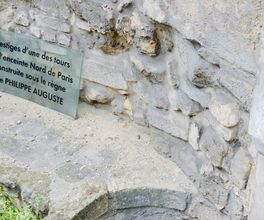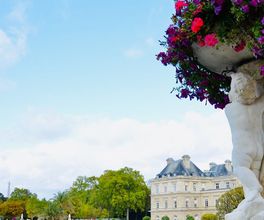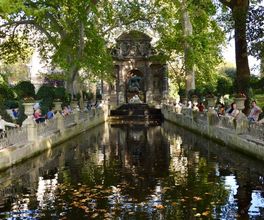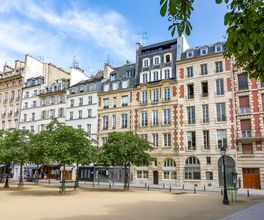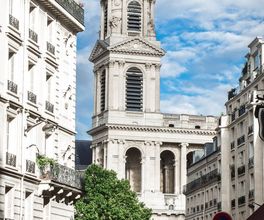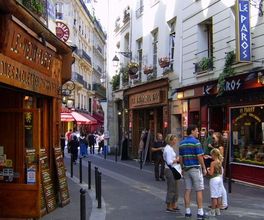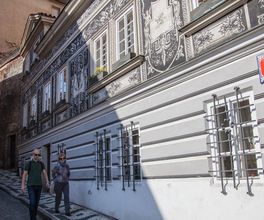



About this experience
In any city built on a navigable river, the banks compete with each other in the beauty of epithets, real estate prices, and demographic trends. In Paris, it is as follows: the Right Bank - the bank of wealthy conservatives, the Left Bank - the bank of smart but poor socio-utopians. We will talk about what the most intellectual quarters of the capital live on during the excursion. And breaks for tastings and coffee breaks will help you feel the atmosphere and organize fried facts, courtly gossip, and historians' theories that I will share with you on the principle of 'don't boil the pot.'
A complete change in perspective
Russian-speaking tourists historically settle on the Right Bank and, to be honest, do not fully believe in the existence of life on the Left. Not all tour buses even stop there, fearing getting stuck in the winding streets of the Latin Quarter. But for English-speaking tourists, it is the Left Bank, marked by paths of the 'lost generation', that is the real Paris.
- The Left Bank has preserved the oldest monuments of the capital - ancient Roman baths and arena, as well as the oldest street, tree, café, and church.
- Here is the Sorbonne, which ensured the city the status of a 'melting pot of cultures' in the Middle Ages and became the epicenter of the legendary events of May 1968, as a result of which France completely renewed its socio-political values.
- Here, in the literary cafes of Saint-Germain, the terms 'existentialism', 'open marriage', and 'new wave' emerged. At the Saint-Germain market, Parisians discovered coffee. In the café Procope, while sipping this very coffee, Voltaire wrote the 'Philosophical Dictionary', Diderot - the 'Encyclopedia', Franklin - the American Constitution. Nearby, Doctor Guillotin invented the guillotine, Marie Curie discovered radiation, and Simone de Beauvoir formed the basis of feminism. And what happened in the cellars of Saint-Séverin, I will tell you face to face!
The feeling that 'I finally understood Paris'
The Left Bank produces an unchanging wow effect. It is no coincidence that it was in the establishments of the Latin Quarter that Hemingway wrote notes that later formed the basis of the most symptomatic work about Paris - 'A Moveable Feast' (we will see where he lived during this happy and hungry time and learn the strange story of this manuscript). This walk is designed for you to feel this atmosphere. We will try oysters and admire the cheeses at the antique market (can you imagine what 'Nun's Breast' cheese looks like?), have a glass of white wine on the terrace, perfect for people watching, and a cup of coffee in an intellectual cafe, suitable for philosophical conversations.
Route:
- ancient Roman arena of Lutetia
- Latin Quarter with the haunts of Hemingway, Verlaine, Joyce, Pascal, and Descartes
- Place Contrescarpe
- Panthéon
- Sorbonne
- Jardin du Luxembourg
- Saint-Germain Market
- Literary cafes of Saint-Germain
- Pedestrian street Buci
- Café Procope and surrounding passages
